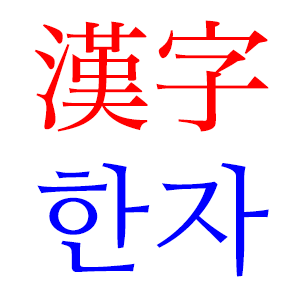Silla and the Silk Road: readings from the Korea Society
website.
Modern Korea is a mix of many influences. Many of the ideas that contributed to modern
Korea arrived via the trade route known as the “Silk Road.” Silk, writing characters, architecture,
Buddhism, and Confucian ideology all arrived on the peninsula which anchored
the eastern end of a trade route that covered the entirety of Asia, and parts
of Africa and Europe. Korea eagerly
adopted the new ideas, creating a vibrant and rich culture of their own. In turn, Korea passed these innovations along
to the island nation of Japan.
In 668 CE the Silla Kingdom, one of 3 on the peninsula,
united Korea and ushered in what has come to be called the Golden Age of
Korea. This kingdom maintained ties with
both China and Japan. By doing so the
kingdom accrued many benefits from the Silk Road trade. These advances can be divided into two
categories – religious and social ideas, and trade goods and technology.
By far the most important influence from Asia was
Buddhism. Brought to Korea in 372 CE by
the Chinese, this religion is still a major force in Korean society. In early times Koreans, like many other
groups, practiced shamanism. Local
practices blended easily with the new religion, and many temples and shrines
were built on hilltops, home of the shamanistic Mountain gods. Buddhism remained the dominant influence
until the rise of the Joseon dynasty in the 1300s. It was repressed until the late 16th century,
when Buddhist monks helped repel a Japanese invasion.
 |
| Blending of local customs and a new religion – the Last
Supper with a Peruvian specialty –viscacha, Cuzco Cathedral, Peru |
When Buddhism arrived in Korea, the society practiced a
social order known as Bone-rank. This
ranking was predetermined by birth, and had rigid rules regarding social
interactions. With its belief that all
people had an equal chance to reach Nirvana, Buddhism changed all of that. Women’s rights expanded, and several
important rulers during this time were women.
The rigid social system was also challenged by Buddhist teachings.
Confucian teachings were also known in Korea, and competed
with Buddhism for the loyalty of scholars.
However, it remained in the shadow of Buddhism for many years. Buddhist monasteries gained land and riches,
and enjoyed many privileges. By the 10th
century there were civil service exams for government positions, but monks
competed with Confucian scholars during the examinations.
By the end of the Goryeo dynasty in 1392 the lower classes
were pushing for land reform, and the Buddhist monasteries lost power to the
Neo-Confucianists. This group blended
Confucian teachings with Taoism and Buddhism.
They emphasized ethics and the moral authority of the government. The new rulers implemented land reform and
redistribution of wealth, and criticized the excesses of the Buddhist clergy. They also restricted the rights of
women. Buddhists lost power, and
remained inconsequential for many years.
Trade goods and technology also traveled the Silk Road to
Korea. Of course, one of the first things
they acquired was silk, and silkworms.
Silk was used as a sacrifice for the gods, as gifts for royalty, and as
payment for services. High-ranking Korean
ladies introduced silkworm production to Japan in the 300s CE. Iron-working techniques, court titles, and field
measurement systems all entered Korea and then traveled to Japan. The Chinese writing characters were adopted
by the Koreans (Hanja), and used until the Joseon dynasty when they were
replaced by Hangul. Other technologies
that were introduced into Korea included canal- and pond-digging techniques,
law codes, and types of stoneware.
 |
| The Korean word Hanja (Chinese script) in Hanja (red) and Hangeul (blue). |
Cultural diffusion
and trade both helped and hurt Korea.
New technologies and trade allowed easier lives, especially for the
upper classes. But the increasing
concentration of wealth among the rulers left the peasants hungry and
upset. The Confucian ideals that
eventually overtook Buddhism lowered the status of women, and they were at the
mercy of their parents and husbands. However,
Korea did prosper, and the inflow of new ideas gave life to amazing art and
architecture.

No comments:
Post a Comment